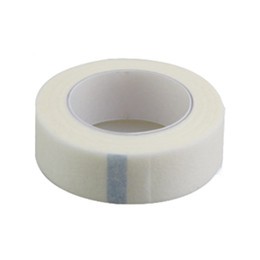The global silicone film market is growing rapidly due to its wide range of applications in industries such as automotive, textile, and pharmaceuticals. Wire insulation, lighting, illumination, and power distribution are made from silicone films. The efficiency of silicone release films is far superior to other materials such as plastics, which has increased the demand in the global market.
Silicone release agents have very low surface tension energy, are easy release, to peel, and have adjustable coating thickness and silicone content, enabling them to meet the needs of different products. Compared to traditional condensation silicone release agents, additive molding and UV light-curing silicone release agents are more environmentally friendly and reduce environmental pollution. Silicone release agents are widely used in mold releases, rubber products, plastic products, fiber products, metal processing, food processing industry, and other fields, especially in the electronics industry, has an irreplaceable position.
The following seven aspects of the application of release agents:
- What are the silicone film market drivers?
- What are release agents?
- What are the components of silicone mold release agents?
- What are the factors affecting mold release force?
- What are the properties of silicone mold release agents?
- What is the application of silicone mold release agents?
- How to make silicone mold release agent performance better?
1. What are the silicone film market drivers?
One of the major drivers of the silicone film market is the increasing industrialization of the electronics industry. Due to the expanding various industries such as medical, food & beverage, and pharmaceuticals, the demand for silicone films has surged due to their inert nature. Increasing demand from emerging economies will lead to an increase in the overall market value.
Technological advancements have also led to the widespread use of silicone films in electronics for photovoltaic, smart sensors, actuators, automotive electronics, and other applications. Moreover, silicone films are gaining popularity due to qualities such as non-slip, durability, transparency, and enhanced adhesion. In addition, the coatings are very resistant to moisture and can provide electrical insulation. Uses for these films include printed circuit boards, electronic control units, LED gadgets, and cell phones.
Silicone films are also used in medical applications due to their chemical stability, biocompatibility, and high-temperature resistance. Nonetheless, the expansion of the global silicone film market is likely to be hampered by high production costs and rising raw material costs.
On the basis of type, the global silicone films market is categorized into silicone films, silicone coated films, and silicone release films. The fastest growing type segment of the silicone film market is expected to be silicone release films.
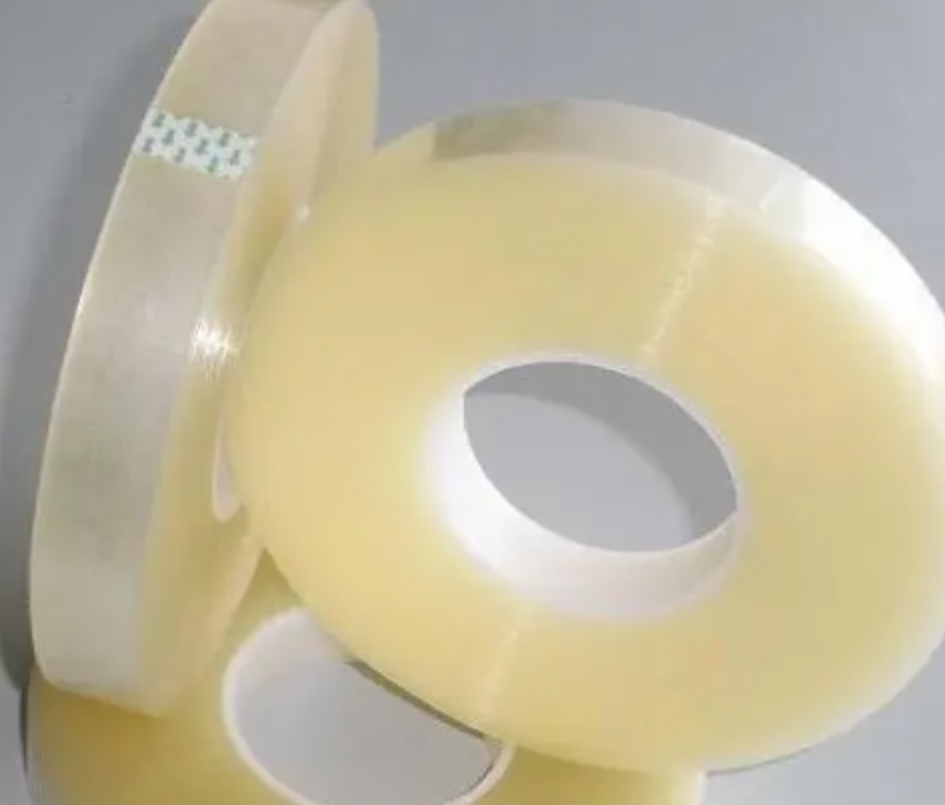
2. What is a release agent?
A release agent (also known as an anti-adhesive/separator) is a substance that is applied to a solid substrate to protect the adhesive layer (glue layer) from damage and contamination and to reduce the resistance of the adhesive to be peeled off the substrate. The release agent and the substrate are the most important components in the production of release films (paper).
Release materials are a very important class of materials in the coating, die-cutting, and casting industries and are widely found in our lives. Whether it is tapes, labels, protective films, baking paper, self-adhesive envelopes, waterproof materials, or sanitary products, etc., the release agent plays an extremely important role in them, if there is no release agent, many of the daily applications involving pressure-sensitive adhesives would not exist.
Release agents in accordance with the different chemical composition, mainly divided into silicone, silicone fluoride, and non-silicon release agents three categories, of which, are the current most mainstream types of release agents for the silicone release agent.
Silicone mold release agent: has a high degree of peel performance, and easy to customize the processing. Silicon fluoride release agent can play for silicone adhesive high peel performance; non-silicone release agent peeling force is heavier, but because of its non-silicone material, it will not produce silicone transfer to the adhesive layer.
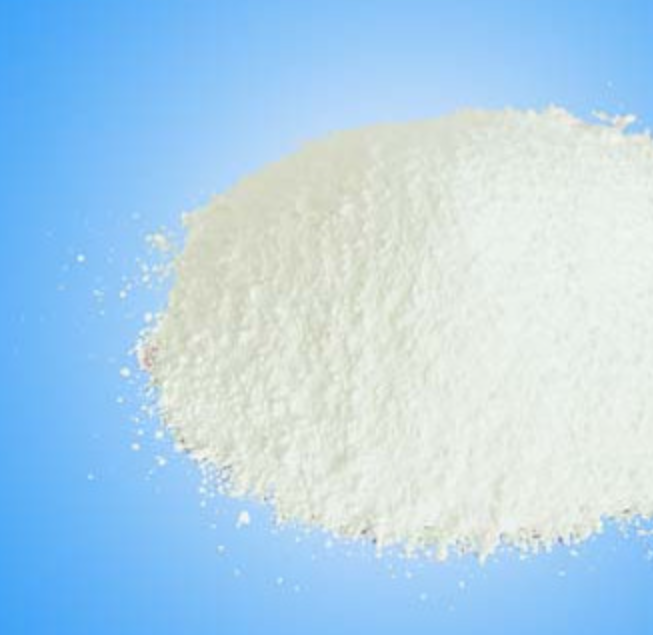
3. What are the components of silicone mold release agents?
Silicone mold release agent is generally made of mixed active silicone polymer main agent, crosslinking agent, crosslinking catalyst, and other additives.
(1) The main agent: determines the main properties of the release coating. Such as release force, residual adhesion, surface effect, coating mode, adapt to the substrate, dry silicon, unwinding performance, reaction type, etc.;
(2) Crosslinking agent: i.e., hydrogen-containing silicone oil, will affect the release force, reaction speed, adhesion, etc.;
(3) Platinum catalyst: catalyze the reaction speed, no effect on the release force, adhesion, or stability;
(4) Anchoring agent: also known as adhesion additives, adhesion agent, etc...
(5) Release force regulator: divided into heavy peeling and light peeling, can be a long and stable change in the release force; (6) Other additives: also known as adhesion additives, adhesion agents, etc.
(6) Other additives: inhibitors, anti-fogging agents, friction coefficient regulators, etc.
XJY-301 Silicone Pressure-sensitive Adhesive
It is made of specific structure silicone resin and high molecular weight polydimethylsiloxane with organic adhesive, suitable for specific field conditions.
It has heat resistance, high stability, good electrical insulation, good transparency, high peel adhesion, chemical resistance, etc. It has a wide range of uses in industrial product processing, electronic processing, optical materials, health care, mica tape, splicing tapes, protective films, and other fields.
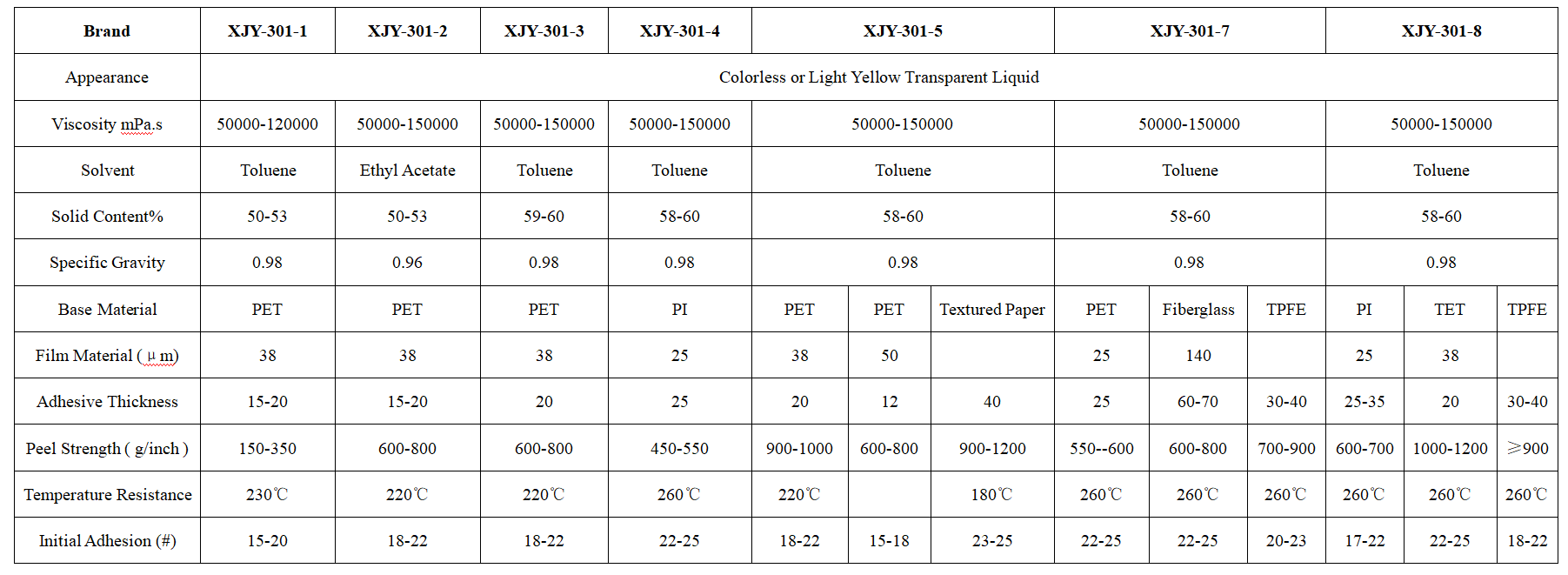
4. What are the factors affecting the release force?
Release force is affected by many factors, such as the nature of the main agent itself, solvent, additive type, component formulation, type of substrate, coating volume, construction process, peeling speed, etc. In product development, the best solution will be selected according to the actual situation or customer needs (such as cost, spreadability, stability, and other factors).
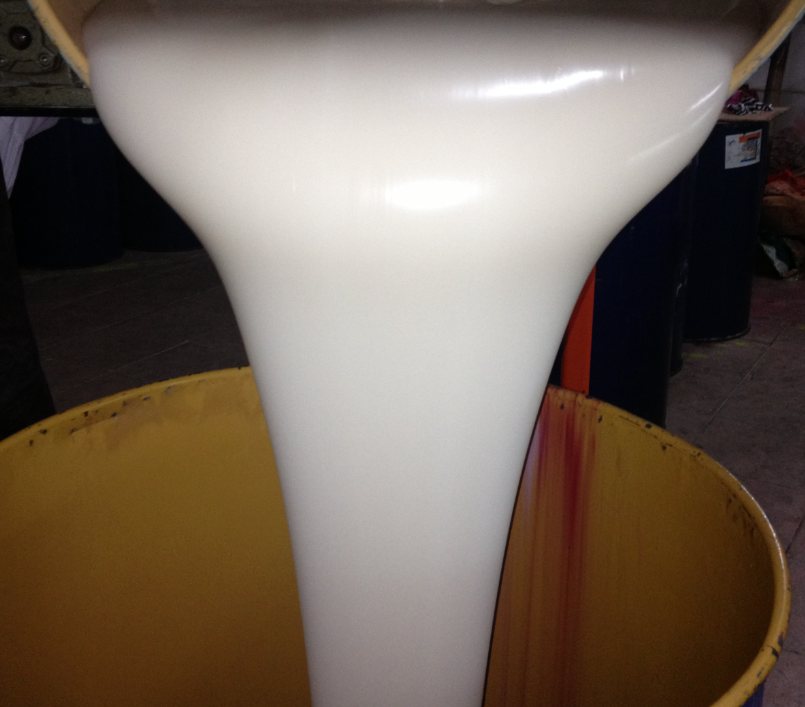
5. What are the characteristics of silicone mold release agents?
(1) Good mold release effect
Silicone polymer surface energy is very low, the critical surface tension is only 19 ~ 24 dyn/cm, easy to peel.
(2) Good processing performance
Silicone polymers in the commonly used aromatic and aliphatic solvents with good solubility, and viscous flow activation energy is small, coating performance is good, can be coated into a very thin release coating on the substrate.
(3) Performance can be controlled
By changing the crosslinking density of silicone polymers and the molecular weight between the crosslinking points, can be adjusted within a certain range of silicone coating release effect, so that silicone release agents can be adapted to different product requirements.
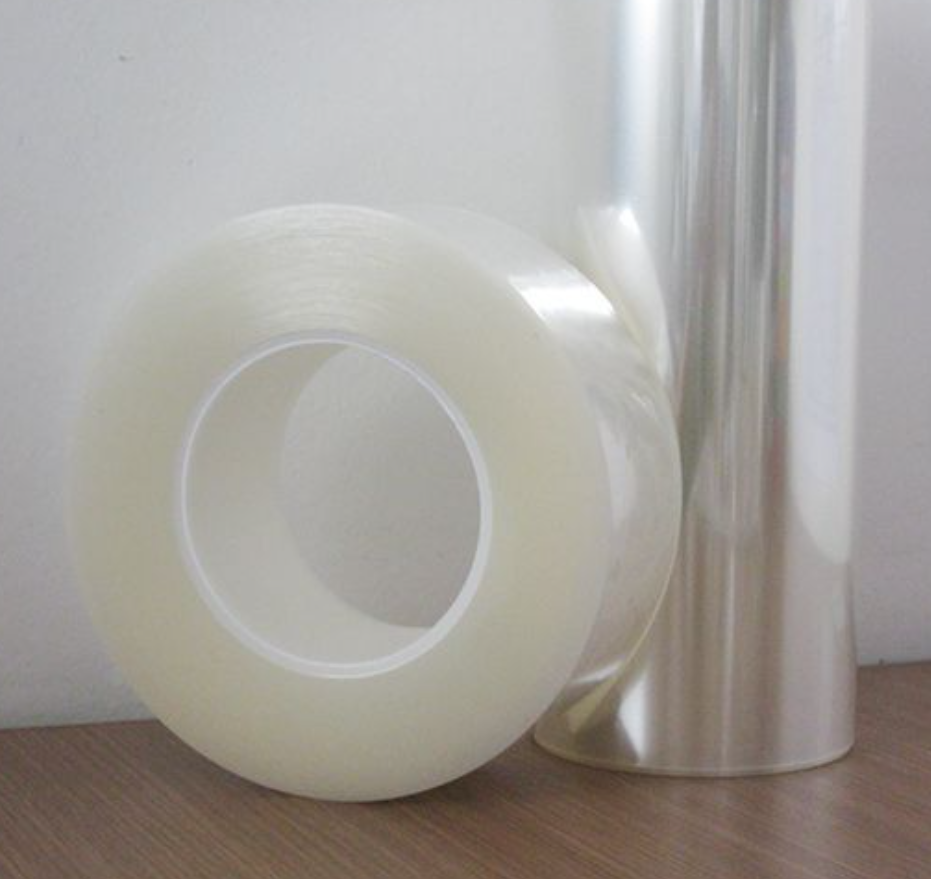
6. What are the applications of silicone mold release agents?
According to different curing methods, silicone mold release agents can be divided into three categories: condensation type, addition molding, and UV light curing type. Among them, the condensation type has been basically eliminated by the market, plus molding and UV light-curing silicone release agents are currently the mainstream products on the market.
(1) Condensation type
Condensation-type silicone release agent development of the earliest, easy-to-obtain raw materials, low cost, but the reaction process will release small molecules, to a certain extent, affecting the film-forming agent products and stability, crosslinking reaction speed is slow, and raw materials, such as toluene, gasoline, and other solvents to pollute the environment, and therefore has been basically eliminated from the market.
(2) Add molding
Adding silicone molding agents using heat curing, stable performance, fast reaction speed, and high production efficiency, in addition to solvent-based, solvent-free, and emulsion-type molding agents has been developed to reduce environmental pollution and the use of hazardous. However the disadvantage is the high cost, and the heat-curing silicone mold release agent curing temperature is high (120-175 ℃), for some poor temperature-resistant substrates its application is somewhat limited.
(3) UV light-curing type
UV light-curing silicone release agent appeared later, using a certain wavelength of UV light irradiation for crosslinking curing, compared with heat-curing silicone release agent, has the following advantages:
Reaction and coating process without heating, suitable for PP, PE, and other types of poor heat-resistant substrates, and less energy consumption;
Contains no organic solvents, friendly to the environment, no fire, explosion, and other safety hazards during storage, transportation as well as production, and processing;
Fast curing speed, can be completed in a few seconds, greatly improving production efficiency;
UV light-curing coating equipment covers a small area, saving production space.
However, due to the UV light-curing silicone release agent prices, coating equipment, and high investment, compared with the traditional condensation and molding silicone release agent, the market share is relatively small, with fewer manufacturers.
7. How to make silicone mold release agent perform better?
Silicone is the most commonly used molds release coating material because it provides a range of desired performance qualities, such as unique silicone-oxygen bonding, ultra-low surface energy, and high air permeability, excellent resistance. How can I improve the competitiveness of my products?
XJY Silicones is one of the leading silicone MQ resin and VMQ silicone manufacturers in China, with more than 30 years of R&D and manufacturing experience in the silicone industry as well as more than 15 related patents and technical support. Our silicone raw material products can meet the needs of the release agent field and support the provision of diversified customized solutions.
![]()

